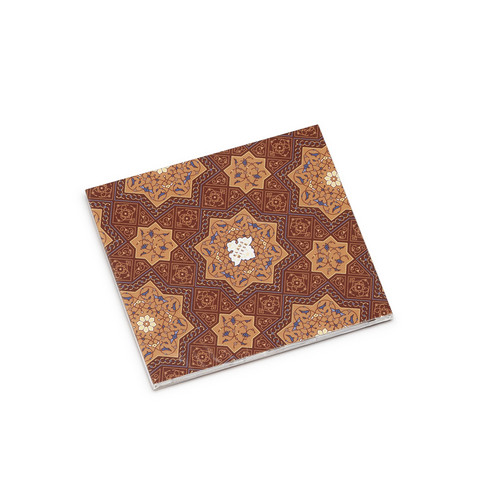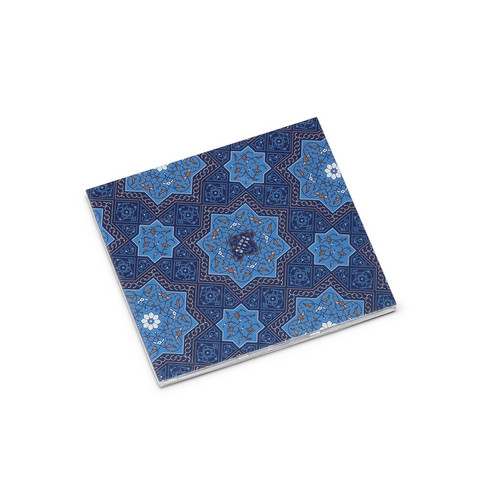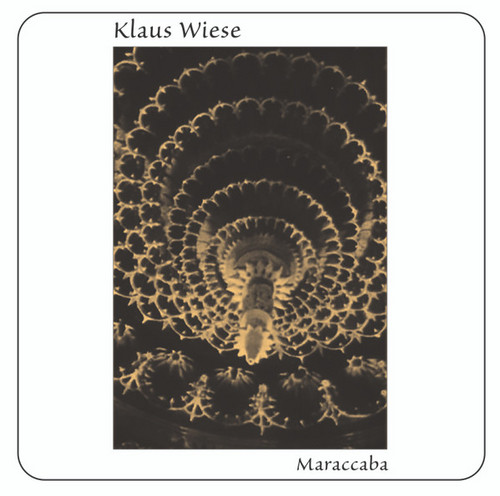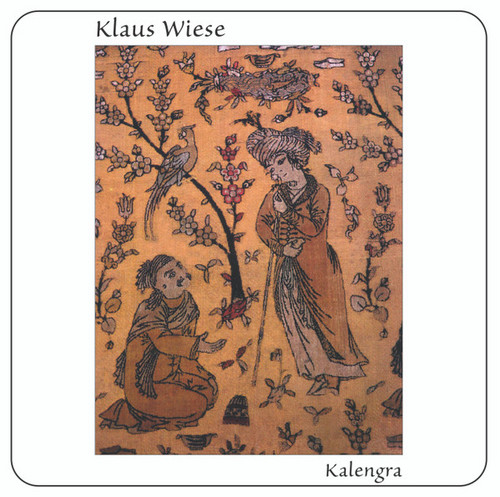Klaus Wiese
Klaus Wiese (942 – 2009) was a veteran e-musician, minimalist, and multi-instrumentalist. A master of the Tibetan singing bowl, he created an extensive series of album releases using them. Wiese also used the human voice, the zither, Persian stringed instruments, chimes, and other exotic instruments in his music.
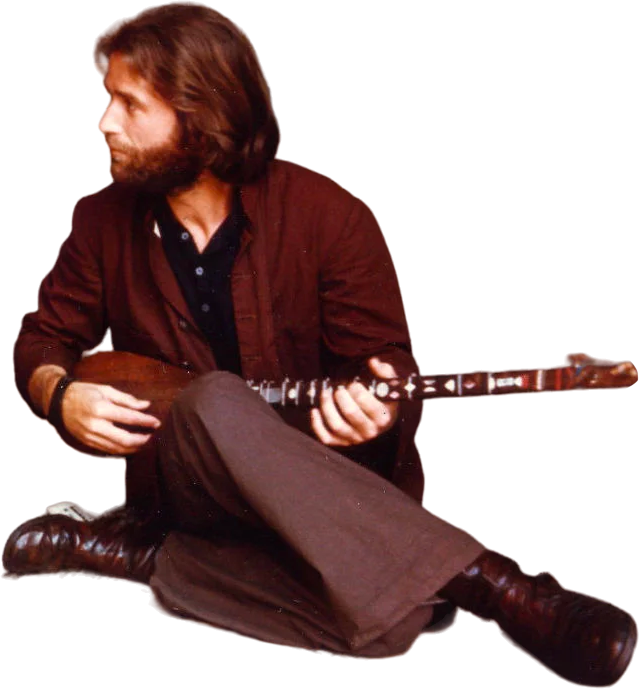
Klaus Wiese (942 – 2009) was a veteran e-musician, minimalist, and multi-instrumentalist. A master of the Tibetan singing bowl, he created an extensive series of album releases using them. Wiese also used the human voice, the zither, Persian stringed instruments, chimes, and other exotic instruments in his music.
Baraka
** Special mirroring/olographic cover. Edition of 300 copies ** After his participation in a masterpiece such as Popol Vuh’s Hosianna Mantra, in the early 1980s Klaus Wiese produced a series of seminal works in the field of ambient-drone and healing music. The first of these, Baraka, was released on tape by Acquamarin in 1981, and already contained all the aspects of his future research into the mysticism of sound. Wiese shares the path with other German explorers such as Michael Peter Hamel, …
Qumra II
Klaus Wiese (1942-2009) was a German musician and sound researcher. Wiese brought the teachings of Sufi Hazrat Inayat Khan to Germany from his travels in the East. His album "El-Hadra, the Mystik Dance," which he created with Mathias Grassow and Ted de Jong, made him famous in the genre. Under his own name, From 1981 until his unexpected death in 2009 he released upwards of 60 recordings, not including collaborations (with Oophoi, Mathias Grassow, Ted De Jong, Jim Cole, Al Gromer Khan... to name…
Qumra I
Klaus Wiese (1942-2009) was a German musician and sound researcher. Wiese brought the teachings of Sufi Hazrat Inayat Khan to Germany from his travels in the East. His album "El-Hadra, the Mystik Dance," which he created with Mathias Grassow and Ted de Jong, made him famous in the genre. Under his own name, From 1981 until his unexpected death in 2009 he released upwards of 60 recordings, not including collaborations (with Oophoi, Mathias Grassow, Ted De Jong, Jim Cole, Al Gromer Khan... to name…
Maraccaba
German ambient musician.He was briefly a member of the krautrock band Popol Vuh in the early 1970s where he played on the albums Hosianna Mantra and Seligpreisung. Comes in jewel case with slipcase.
Kalengra
German ambient musician. He was briefly a member of the krautrock band Popol Vuh in the early 1970s where he played on the albums Hosianna Mantra and Seligpreisung. Comes in jewel case with slipcase.

